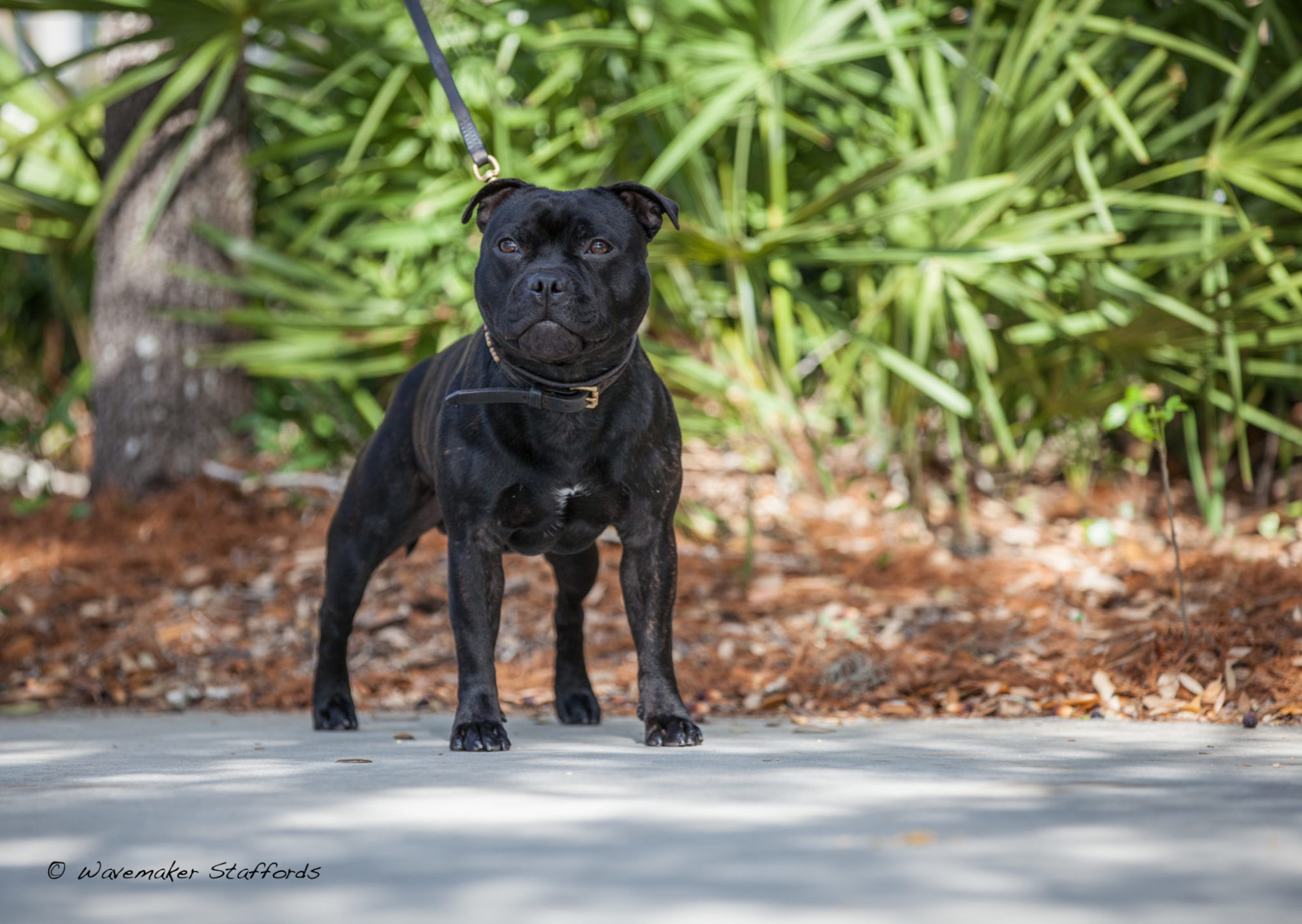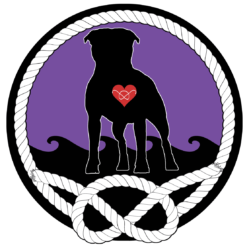Today’s blog entry is just a short #petpeeve list.
STOP using phrases which anthropomorphize your dog! Seriously. Stop.
Some of the phrases which really rustle my feathers are ‘pet parent’, ‘fur baby’, ‘nanny dog’ and referring to owners as ‘guardian’.
These animals are our pets. We own them. They are not children. We may spoil them and love them very much – but they are not tiny fur covered human children. You are doing your dogs a huge disrespect by not understanding that they are animals whom we choose to allow to live in our homes. Respect them as animals. Respect them as individuals.
And I have written before about how much I detest the ‘nanny dog’ phrase. It’s terribly misleading. Staffords can be quite tolerant to abuse, sadly. And it is because of their patience and reliable nature that kids who aren’t respectful can get away with abusing them. By abuse I mean – climbing on them, laying on top of them, pulling fur, ears, tails, lips, hugging them and basically using their dogs as furniture and toys. They try so hard to put up with this but as the dogs owners and as parents its up to us to train our children NOT to treat the dogs this way. Not only is it disrespectful to the dog, its harming them mentally and sometimes physically. Learn to understand your dogs body language and you will see – they hate this. Look at the eyes, tails, body posturing.
Don’t allow your kids to hug your dog. Don’t allow your kids to sit on the dog. Dogs hate that. Offer your dogs the choice to get away, always. Not all Staffords love kids either. Most do. Not all. Dogs are individuals.
As someone who has worked in Stafford rescue I can tell you the #1 reason Staffords are surrendered is due to the misunderstanding of one of two key Stafford behaviors. Number one is the misunderstanding by the adults in the home of how ‘nanny dog’ doesn’t mean Staffords will put up with EVERYTHING forever. It doesn’t mean you can leave your Stafford alone with your kids all day long without supervision. Doesn’t mean your Stafford will always tolerate being teased.
Train your kids. Supervise always. Treat your dog with respect. Using the nickname ‘nanny dog’ or ‘staffy’ is confusing and misleading. This breed is a gladiator not a teddy bear. Yes, of course they can be super soft and loving and wonderful with children and adults – but they also are dogs. They can only take so much. Every single Stafford bite case I have seen ends up being a humans fault. Let’s help this breed succeed.
Let’s begin by understanding how these cutsie phrases need to go away.


